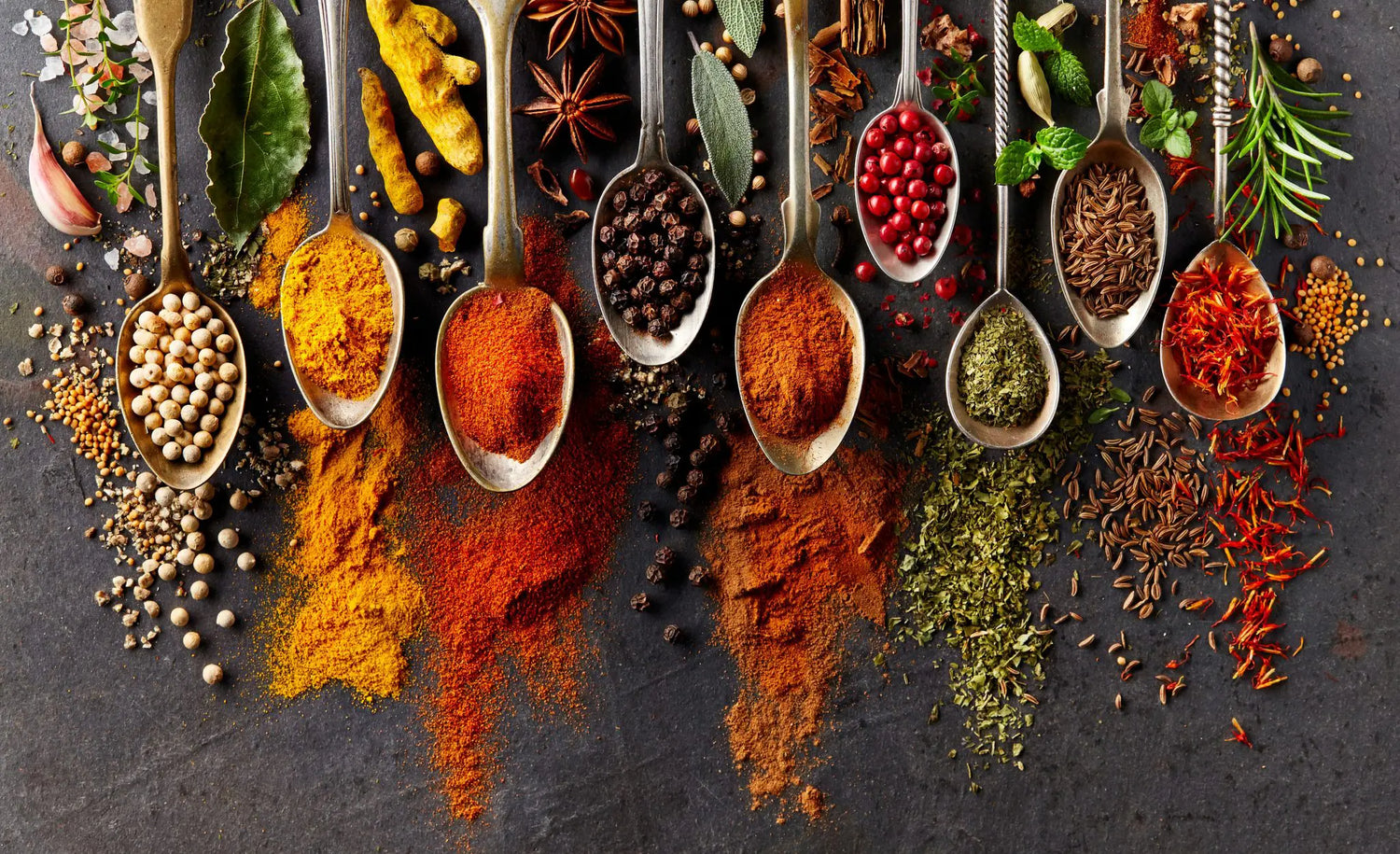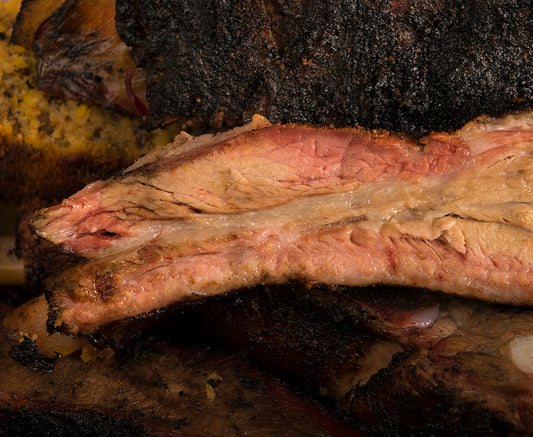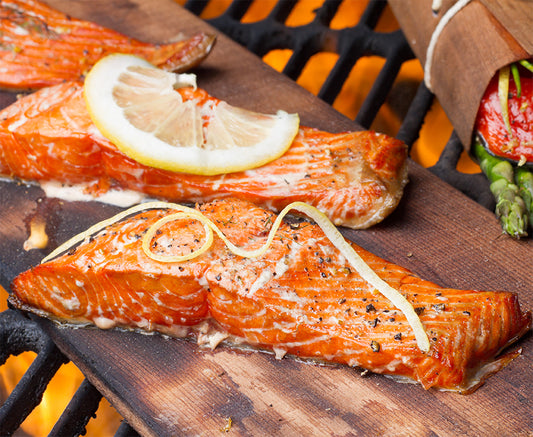Whenever possible, measuring recipe ingredients by weight, is the best alternative. For example, different grinds of salt have different densities. So, the amount in one tablespoon of Kosher or sea salt is different from the amount in a tablespoon of table salt. However, an ounce of any of them has the same amount of salt.
A pitmaster should always prefer to use a scale. In addition to being more accurate, a scale is much quicker if you are making any amount of sausage. Besides, it results in a more consistent product from batch to batch. That is probably why some summer sausage recipes come as a spreadsheet that calculates the ingredients in ounces and grams. They are based on how many pounds of meat you have. People who make sausage in 100 pounds and bigger batches, find weighing much easier than measuring out dozens of tablespoons of ingredients.

A Scale Isn’t Overly Expensive
A scale isn’t overly expensive. So, it’s interesting to have one to weigh the meat and a smaller (less weight capacity) scale to weigh the spices. Usually, they are about the same cost, because the capacity is up to six pounds. For a dedicated spice scale, you could probably use something with less than a six-pound capacity. These are a bit less expensive. You can get good battery-operated scales through Amazon, as well as through sausage-making supply retailers.
Buy the Digital Scale
Digital scales are worth the extra money because they are more accurate. Most will do both lb/oz and kilograms grams just by pushing a button. In addition, they have a zero feature that allows you to place a container on the scale. Then you can zero the scale for the measurement of the ingredient you are weighing.
I use a digital scale to measure the meat. It is a 50-pound hanging digital scale. I keep most of my meat frozen, so I hang a plastic bag on the hook. This way I can keep adding frozen packages to the bag until I get the weights that I need. I always thaw a few extra pounds, because when the frozen meat thaws and drains, I end up with the weight that I want.
Use Different Small Digital Gram Scales for Spices

Then, I use a combination of the different small digital gram scales to measure the spices. I have a spice store locally that I just bring my scale with me and weigh the fresh spices. My recipes are on an excel sheet that is set up so that when you enter the weight of the batch you want to make, it will automatically recalculate the spice weights.
I print the recipe for the batch I am going to make and just bring home that amount of spice. When I get a new recipe that uses bulk measurements, I convert it to gram weights. One other value in using this sheet is that all the spices and the salt that the recipe calls for are also shown in the percentage that they represent.
From experience, I know the salt level that we like. So, if a recipe calls for too high a level of salt I can reduce it to my taste. You are so much more accurate when you weigh your spices than when you measure them with volume measurements. The conversions are easy, and to go from a small batch to a large batch is so easy.
Here is a link that helps convert some of the bulk spice measurements to the gram weight.
http://www.weightbydate.com/calorie/food_spices.htm
There are several online calculators that can convert volume to weight/weight to volume. Below are a few links, but doing a search on google will yield more results.
This is the easiest to use:
Cooking Conversion Calculator
The following two are a little more difficult:
Online Spice Calculator
We hope you learned something about weighing your food. For more amazing food smoking tips, definitely check out the Bradley Food Smoking Blog!





